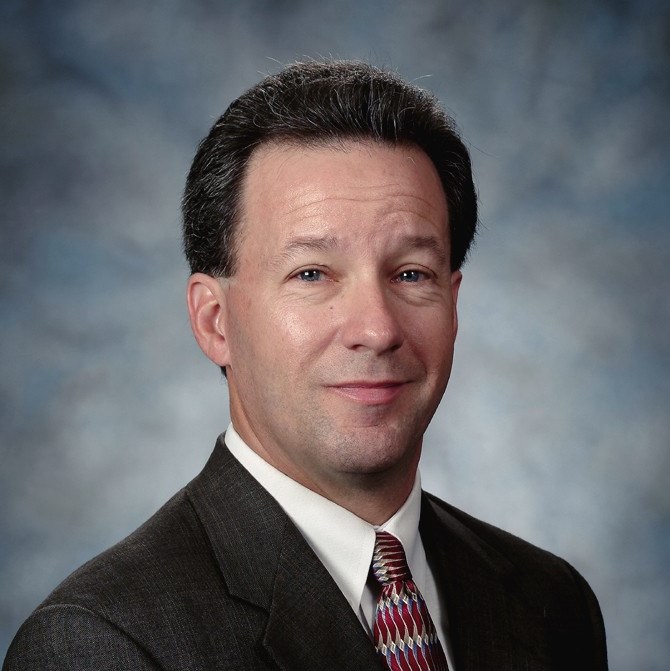Building relationships with referring physicians is paramount for healthcare organizations today—but sustaining those relationships can be a challenge. To master the challenge, leaders are looking for new and innovative ways to engage not only referring physicians, but also the employed and affiliated medical staff in an effort to grow referral volume and build market share.
Given the tremendous demands on a practicing physician’s time in today’s world, what can healthcare leaders do to get them involved in a way that is meaningful, convenient, collaborative, and mutually beneficial? The key is a comprehensive approach involving three areas of focus: outreach, engagement, and operations, starting from the inside out. Following are some essential steps for getting started.
1. Actively Engage Medical Staff and Healthcare System Leadership
Best practice organizations include internal engagement as part of their physician relationship management strategy. Leaders should be aligned with meeting referrers’ needs and should continuously support the physician relations program. To that end, they should understand and appreciate the strategic importance of the organization’s physician relationships. By identifying and engaging executive champions, you will create internal support and mutually beneficial relationships among referring, employed, and affiliated physicians.
To instill the necessary understanding of the needs, interests, and expectations of referrers, you can lead a focused engagement process. Make sure the process covers referring physicians’ interactions with the healthcare organization as well as the physician community at-large. Active physician engagement should be oriented around their patients’ care and their research and educational priorities, and should be aligned with the organization’s strategic mission.
2. Embrace Facts (Data)
Successful organizations use a data-driven approach to manage and grow referrals. They analyze referral source metrics to assess volume trends and changes, identify “lost” and “new” referrers, and understand consumer dynamics and how patients and their physicians participate in the referral decision process. Benchmarking your organization’s current efforts against best practices in physician relationship management can also help identify opportunities to close gaps and improve outreach efforts. The best practice model examines the causal relationships between your activities (marketing, outreach, operations) and the strategic outcomes (referrals, share of practice referrals, market share).
Demonstrate your program’s value by sharing a “Return on Relationship” model that addresses the following questions:
• Are we creating quality relationships?
• Are physicians sending us patients and did those patients come for services?
• Have we improved the payer mix and created a positive return on investment?
• Are we advancing the reputation of our doctors and the organization’s brand?
• Are physicians, patients, and staff completely satisfied with their experiences?
• Do physicians intend to continue referring?
• Are physicians willing to recommend the organization to their family, friends and colleagues?
3. Take Control of Onboarding New Physicians
Start early with those physicians who have recently joined your medical staff, while credentialing is in process, and they may not yet have begun to see patients. Provide these new physicians with your carefully designed orientation program. Among the topics to cover are how they can build their practice (marketing), the support you can provide (outreach), and how best to use the services provided by your hospital (operations). Some healthcare organizations are also starting to strengthen relationships by promoting new community doctors within the organization so referrals can go out as well as come in.
4. Help Build Physicians’ Personal Brands
There are multiple ways you can help physicians develop their personal brand. Implementing an “Exhibit Activities Process” to encourage physician participation at local, regional and national/international conferences is one highly visible way to highlight your organization’s physicians. A social network cultivation plan should also be designed and implemented. Finally, developing a Physicians Speakers Bureau is a proven method for educating referring doctors and enabling new professional relationships. The physician relations executive’s role in a Speakers Bureau includes conducting “needs and interest assessments,” defining clear goals and objectives for physician participation, and identifying physicians who are interested and willing to provide education to community physicians.
5. Continuously Seek Counsel
Physician Advisory Boards can be valuable sources of information in addition to facilitating interactions that foster ongoing relationship building. Use such boards to educate community physicians interested in clinical information and educational updates. Internally, a physician advisory group can provide strategic and operational insight to support physician marketing, outreach, and issue resolution. It can also provide additional market insight about physician and hospital relationships.
6. Take Action
Developing a successful, multifaceted “Physician Engagement Management Strategy” is worth the effort. Positioning as a referral center of choice (relevant to market and brand promise) advances the hospital’s recognition as a leader in creating a collaborative physician community aimed at expanding world-class healthcare. The rewards include increased physician awareness, a loyal physician referral database, and a continuous flow of patient referrals promote growth.
Getting started can seem overwhelming, but here are a few tips for setting you on your way:
• Define your objectives: what are you trying to accomplish, and how will you measure success?
• Ensure that you have a solid understanding of the needs, interests, expectations and priorities of your medical staff (employed and affiliated) and of your referring physicians. Depending on information available, this might require additional research. Consider a Physician Experience Mapping approach to gain an in-depth understanding of needs.
• Restructure conversations with internal stakeholders to think about the “business” rather than tactics.
• Include yourself in, or lead, clinical operations conversations and decision making.
• Reinforce the fact that referring physician relationships influence the majority of your clinical volumes.
Wondering how your organization stacks up against best practices? Complete Endeavor’s free survey.

Lyle Green, MBA, FACHE, FHIMSS, is Senior Advisor, Healthcare, at Endeavor Management. Lyle provides vision, insight, and leadership for the design and implementation of customer relationship strategies to include physician marketing and communications, referral development, patient access, and employer focused initiatives.


